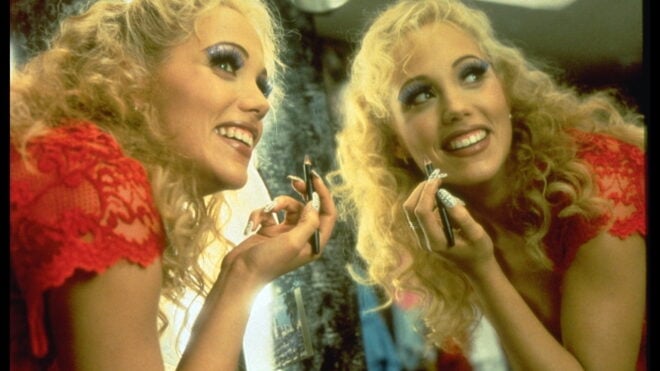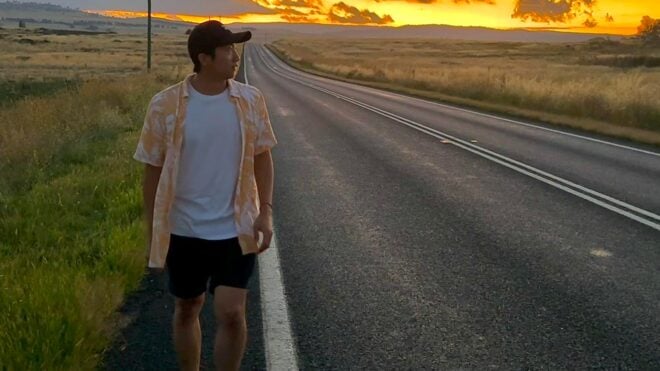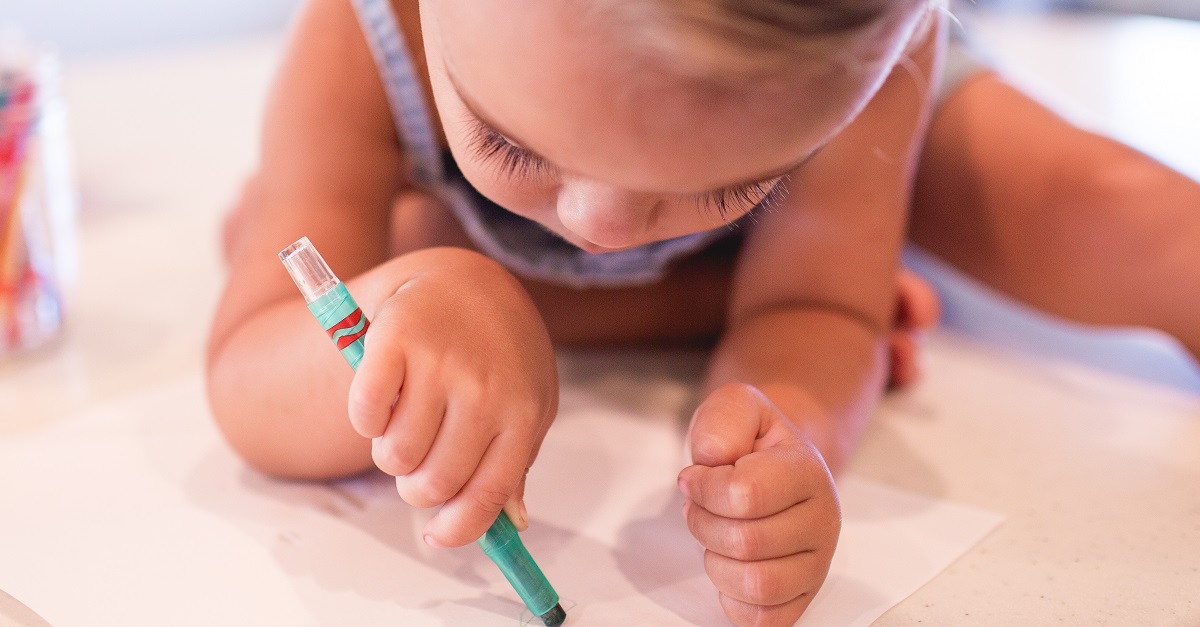
Children create a lot of clutter, but not all of that clutter is a bad thing. Sometimes, that junky coloring book might include the first page where they colored in the lines. Or maybe there's a piece of artwork that stands out from the rest. Are they the next Picasso? It may be too soon to tell, but — probably.
It's important to hold onto these memories for the future. Not only will these keepsakes mean a lot to them as they get older, but they're also a great way for you to preserve part of their childhood.
Here are 15 ways to be more organized when it comes to your child's memories and achievements.
1. Buy a Memory Box
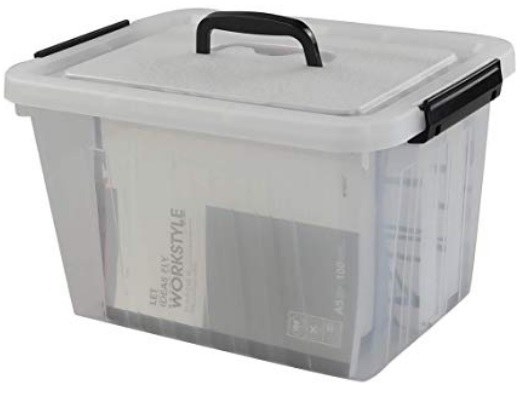
It doesn't have to be anything fancy, but a plastic box works best. Your child can decorate the box to make it extra personal. It's also good if the box is portable and has a lid, just to make sure everything is contained and protected from the elements.
If you think your child has created something worth keeping, it can go straight in the box, which can then be stored in a closet or somewhere else that's out of reach, lessening the chance that it will lose its purpose and become a junk box.
2. Invest in a Photo Book
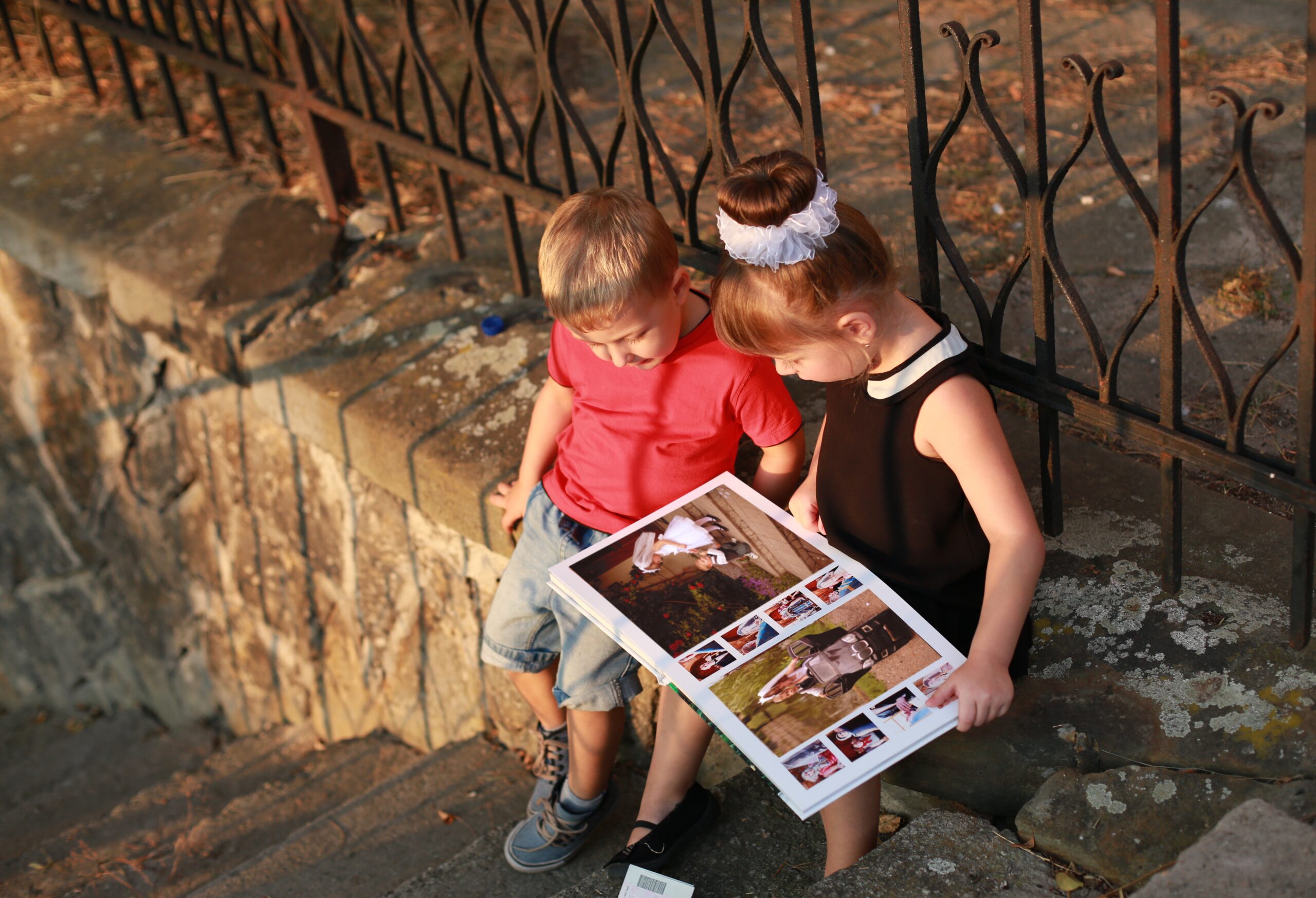
There's a difference between a photo album and a photo book. For one, photo albums can lead to loose pictures all over the place. A neater and less expensive alternative is a photo book, where you can arrange all of your pictures printed on pages and bound in an actual hardcover. They take up less space and aren't as clunky.
Check out Personalization Mall for some great options.
3. Buy Wall Frames for Three Pieces of Artwork
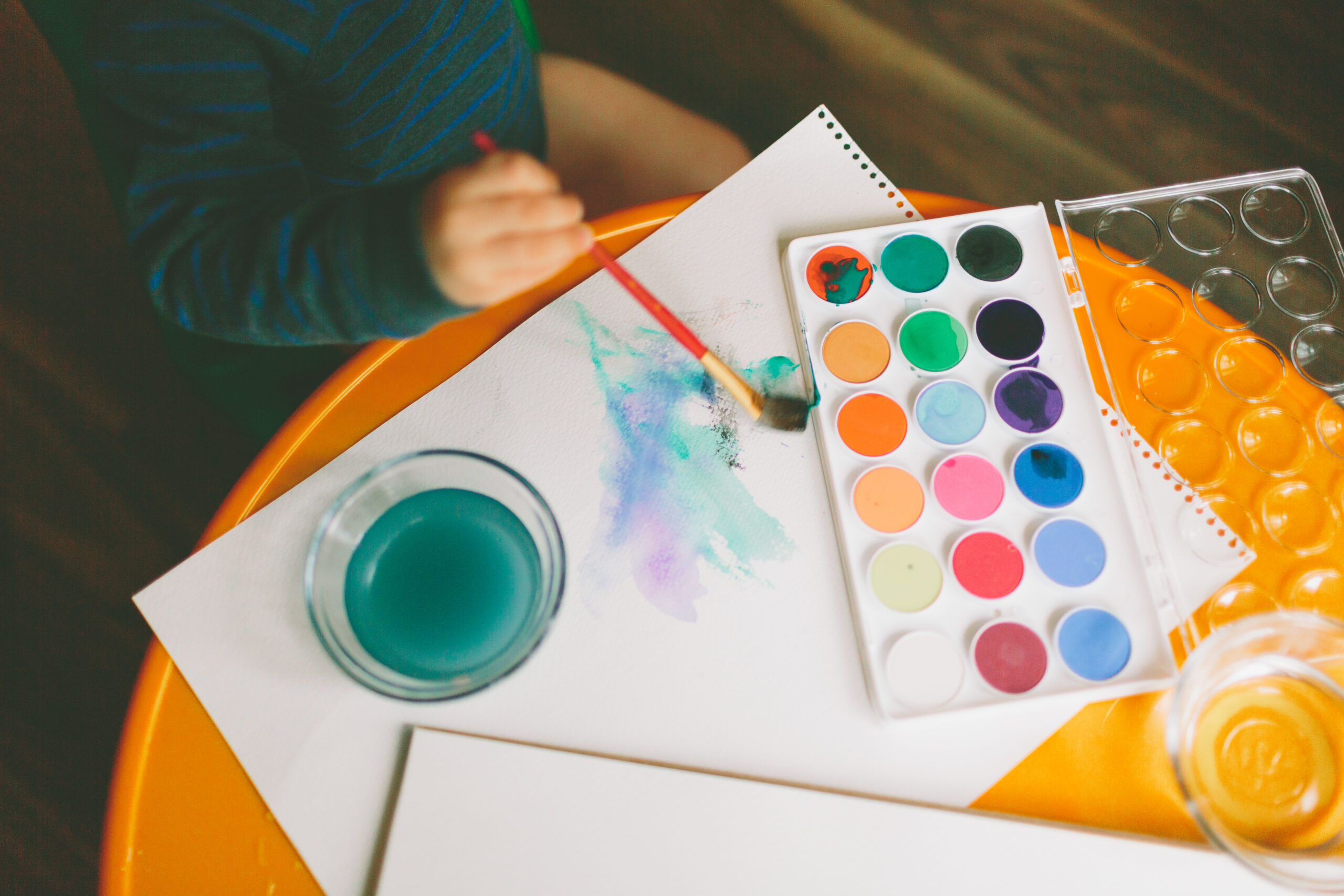
Why three? Easy. Parents can rotate out pieces as they see fit. You'll feel better about ditching the pen drawing and the random crayon doodle if you've made space to showcase the pieces that your child really put a lot of time into.
After a rotation, you can decide whether or not the pictures that are on display should have a home in the memory box or be recycled (or gifted to a grandparent who happens to have some fridge space).
4. Buy a Label Maker
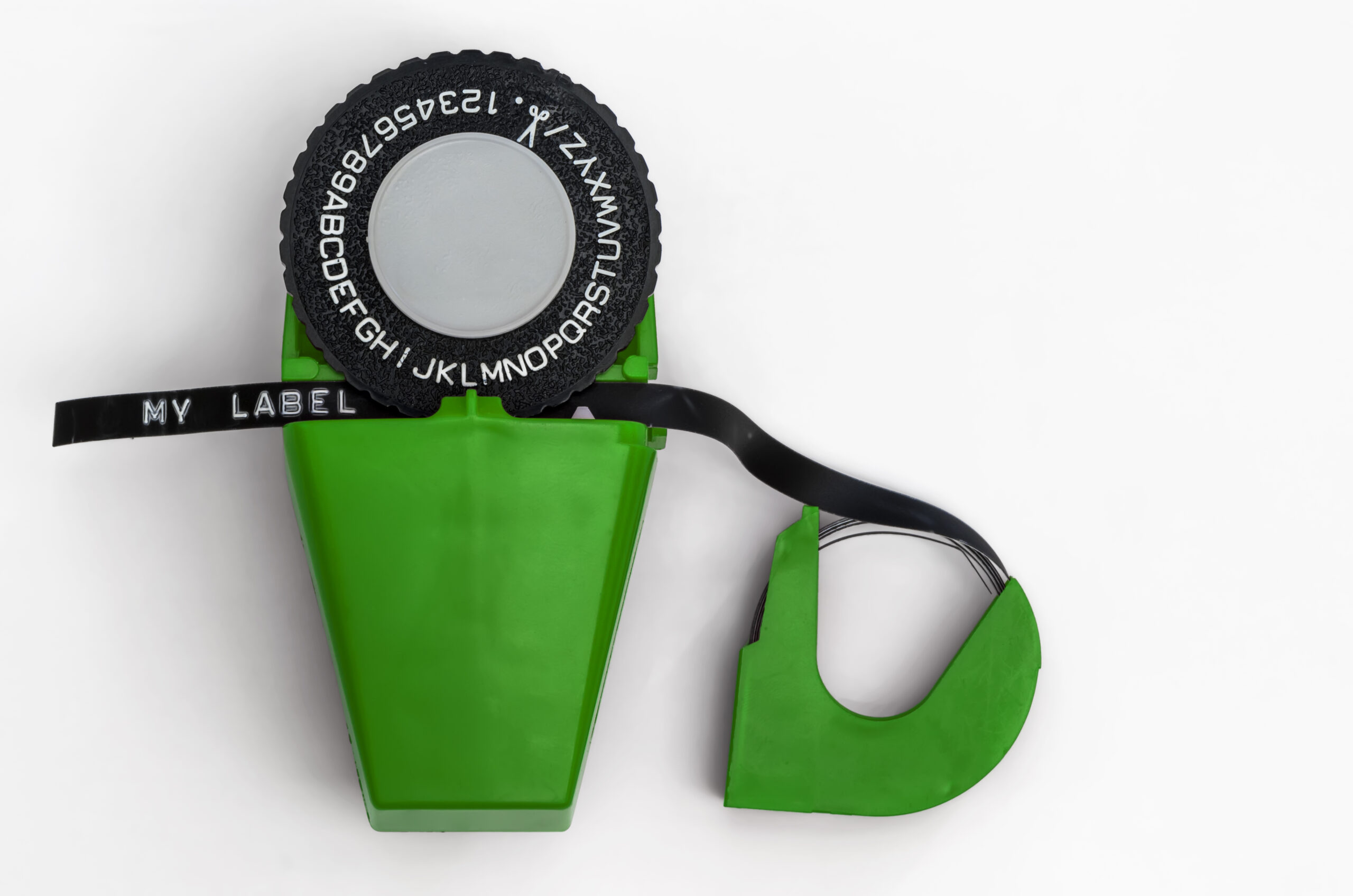
It may seem old-fashioned, but it'll help you a lot — especially if you're organizing baby clothes. Labeling is a lot of fun, and it's also a good way to keep track of dates and times when you're putting a scrapbook together. Why write it when you can label it?
5. Caption All of Your Photos
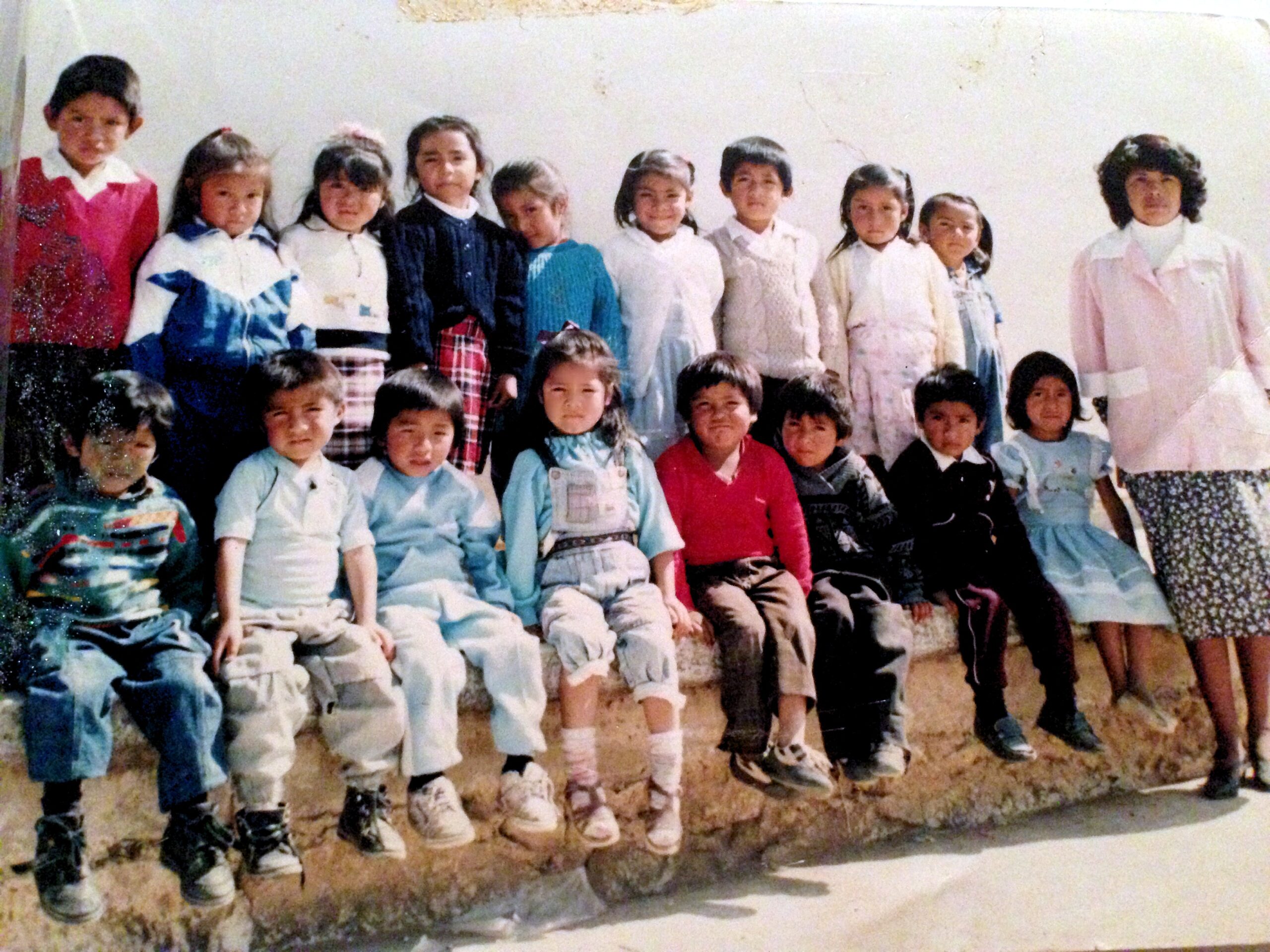
This is a time-consuming step, but incredibly worth it in the long run — especially when it comes to class photos. Your child will appreciate the fact that you took the time to write out who was who in their second-grade class that year.
Not only will those faces change, but some of them might move, so it's a solid method of record keeping.
6. Encourage Your Child To Start a Diary

They may cringe over it later, but it's one of the best ways for them to document how they're feeling — and their writing skills might improve in the meantime.
Journaling is a great way to save memories, and it doesn't require a lot of space or money. A tangible diary is better than an online diary since not everything should require an audience.
7. Consult With Your Child Over What To Keep
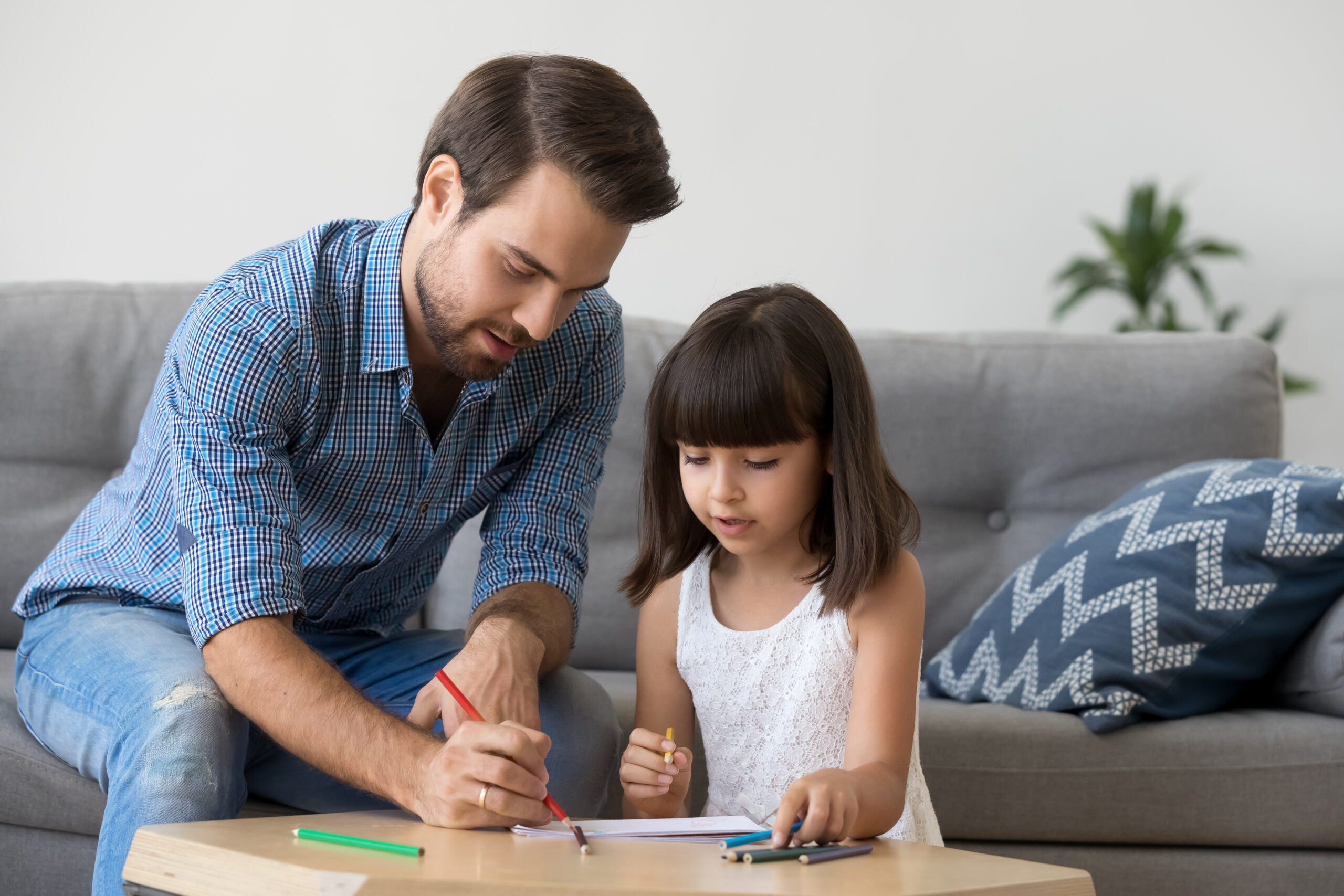
Sometimes your child might create something that you think is a masterpiece, but your child doesn't care about whatsoever. Feel free to keep it for yourself, but don't feel inclined to save something on your kid's behalf if you've been given permission to toss it. If you save everything, nothing will be all that memorable.
8. Buy a Greeting Card Organizer
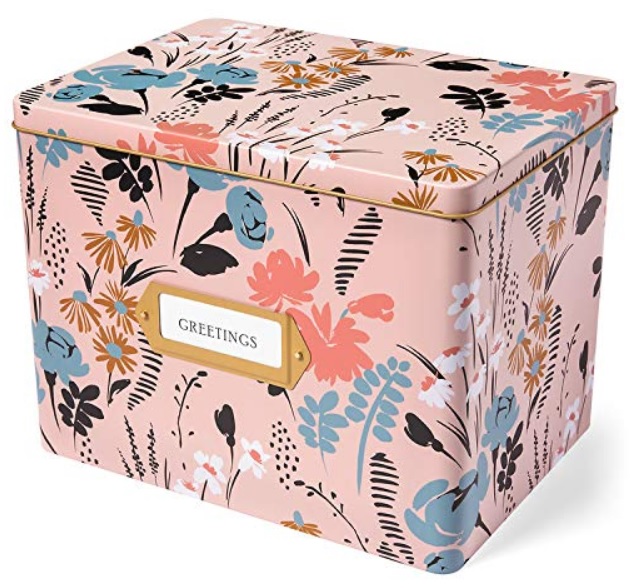
You don't have to save every card, but you should at least hold onto the sentimental first, second, and third birthday cards from close relatives. If your family is good with words, these are memories that children may want to hold onto when they're actually able to read. Keep old birthday cards in a fun box; they will be fun for the whole family to look back on someday.
9. Invest in a Portfolio Book
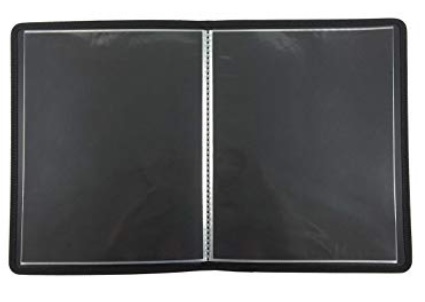
They're not true artists until they have their own portfolio book. A book like this will keep their fragile drawings and paintings safe and secure. Plus, most portfolios don't take up a lot of room yet hold a lot of art.
10. Download the Keepy App
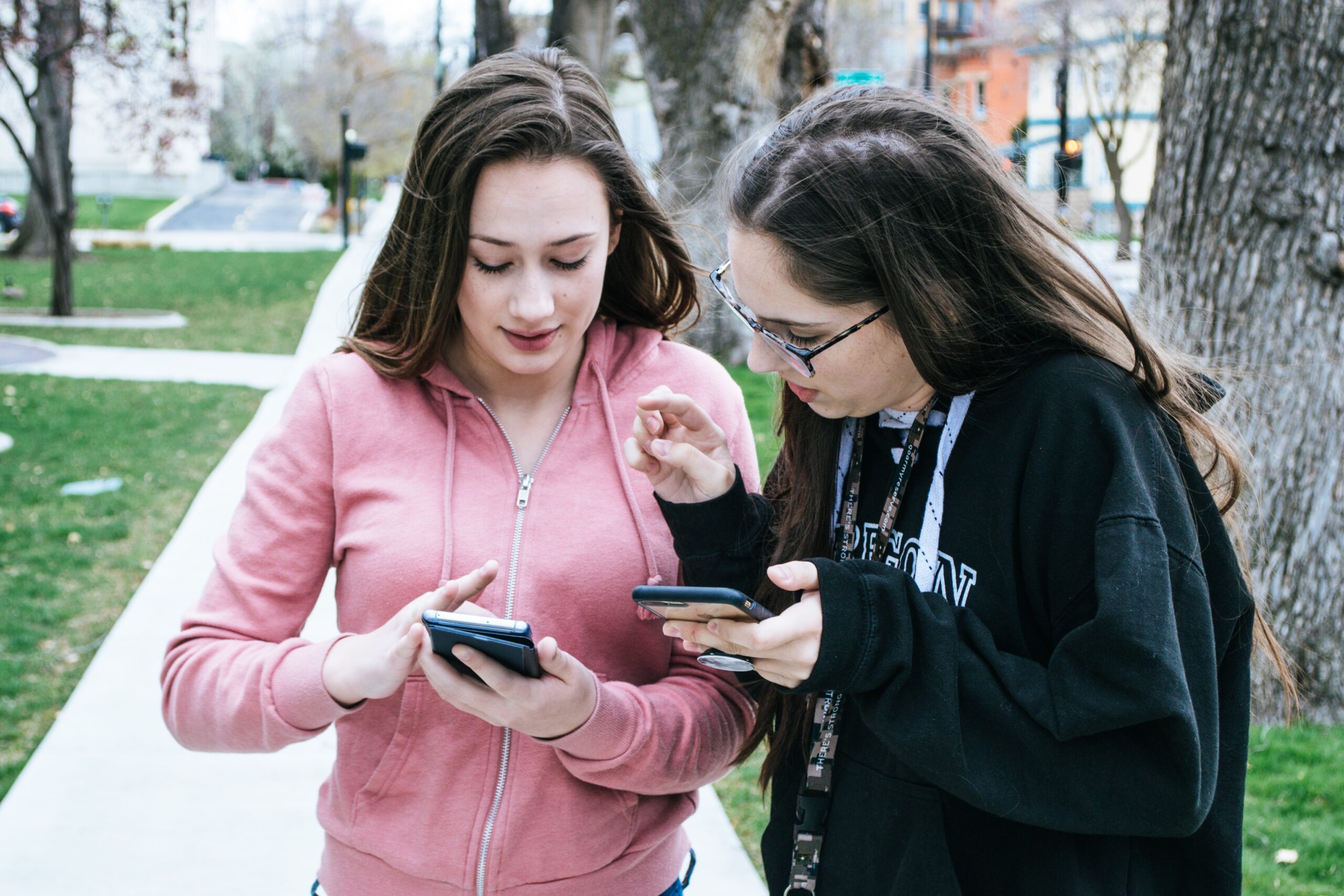
Keepy is like a digital version of a memory box. It's less personal but also a much better way of organizing all of the important memories. Even better, you can share your child's account with family and loved ones, and they can post comments on what has been shared.
11. Keep a Shared Photo Album Through Your Phone

When a memorable event happens, everyone takes pictures. Instead of cluttering up your text messages with links to shared photos, start up a shared album on your smartphone and invite your family.
These albums don't expire, and they're a great way to organize everyone's memories of those milestone moments.
12. Create Your Own Decorations With Past Holiday Photos
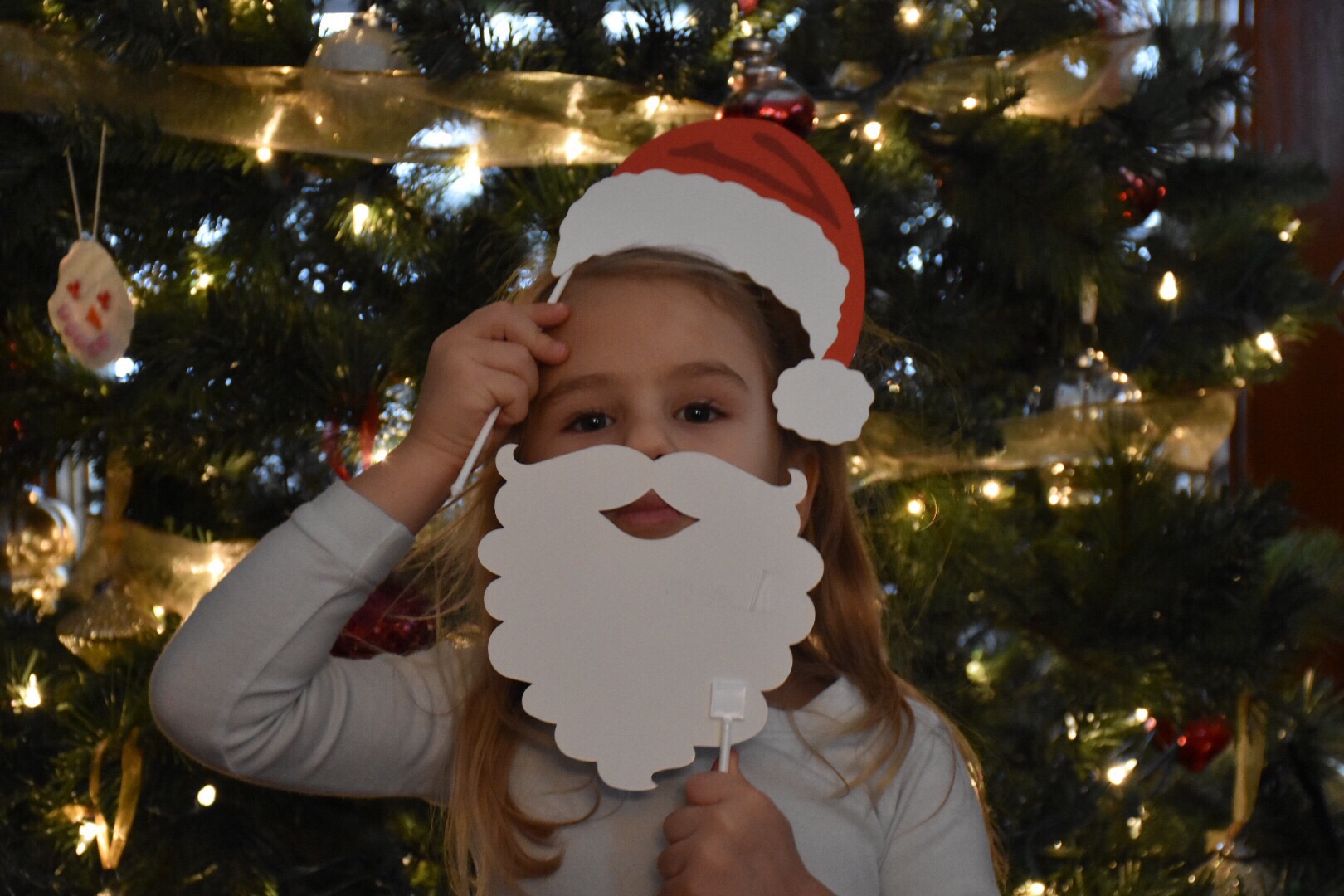
You have school frames that display your child's school photos throughout the years — why not do the same with holiday memories? If you and your family always visit Santa (or the Easter Bunny in spring), you can laminate those pictures and create wall art that gets displayed every holiday season.
As a bonus, these holiday events are a fun activity for kids — and if your kids are very young and a little hesitant over the experience, the photo displays are a good reminder that they've already met Santa Claus before and things went smoothly.
13. Think About Things You Wish You'd Kept
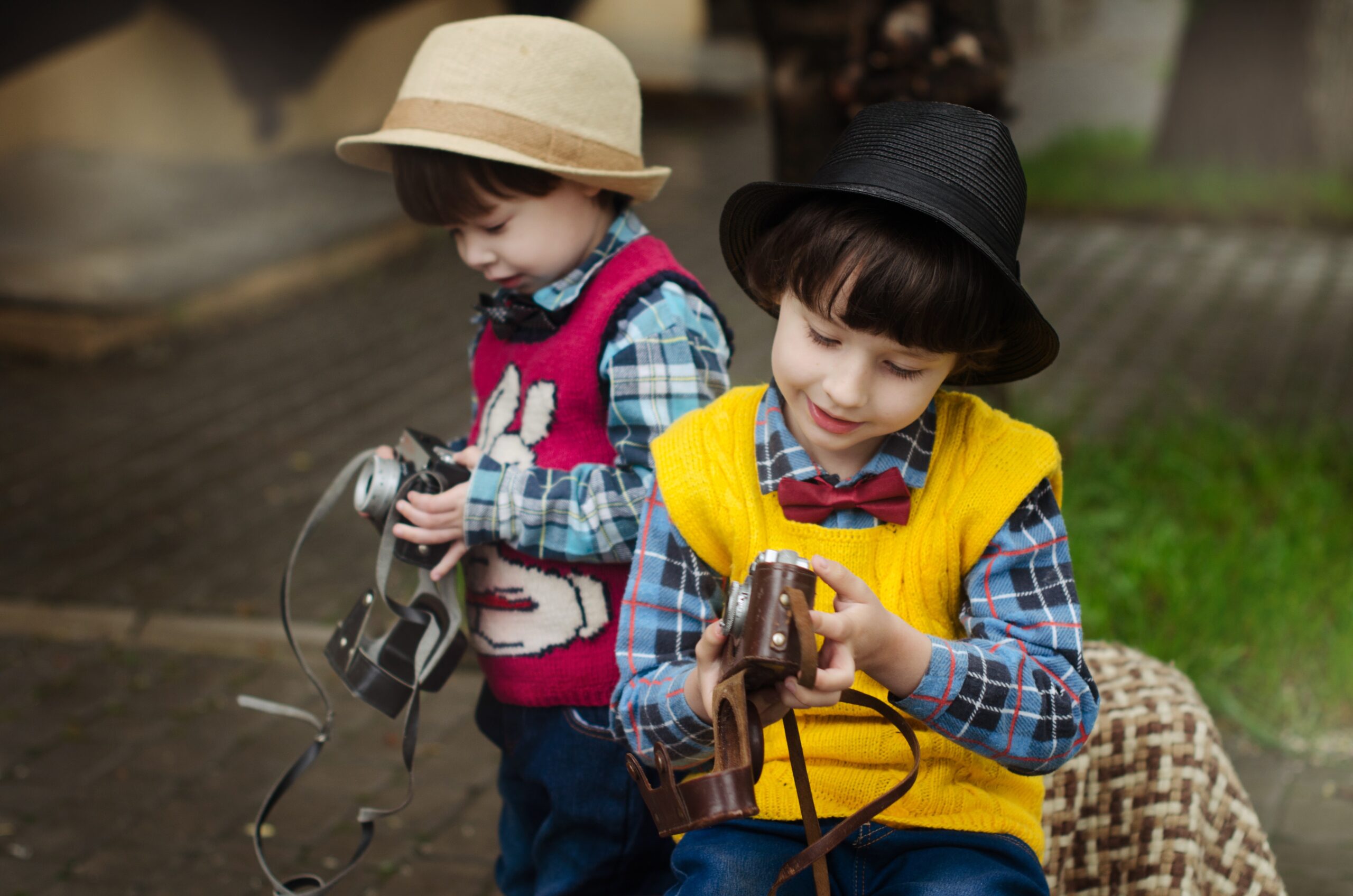
As adults, our list of childhood memories and keepsakes gets smaller every year — especially with every move. Surely, there are items you look back on now and wish you still had. Maybe a yearbook, a memorable plush, or photos from a particular trip that has always stayed in your mind.
If you wish you had kept your childhood height chart, make sure that's something you hold onto for your child. Kids may disagree in the future about what's actually important, but that's on them.
14. Take Photos of Things You Can't Physically Keep

When I was a kid, I was enrolled in a weekly art class and made a bunch of clay sculptures. Over the years, the amount escalated. As an adult, these aren't very practical to move around, and I've had to toss some of them.
The best way to get nostalgic about items you can't keep is to take photos and "favorite" them on your phone for easy access. It's much better to take a photo of that favorite onesie that your child quickly grew out of than hold onto it (and create a collection) for when they're parents themselves.
15. Scrapbook Big Events
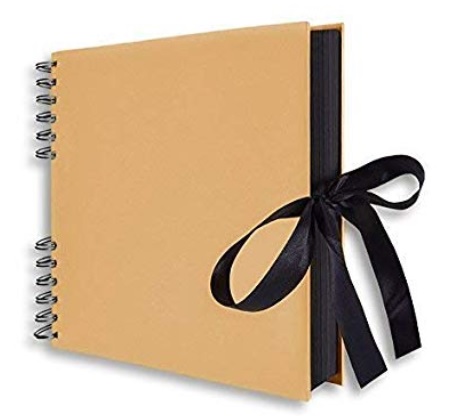
The goal here is to dedicate just one page to every adventure. It's a tough challenge but a perfect way to stay organized when it comes to preserving children's memories. Find the best items and photos that depict the trip or event, and don't go overboard. Pretty soon, that book is going to be the perfect way to reflect on their most memorable moments.

